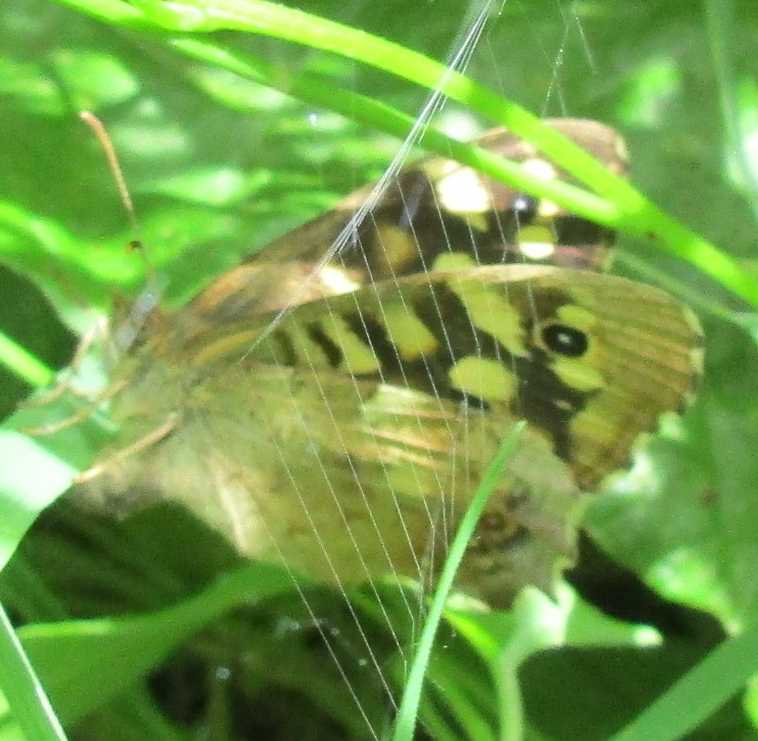
Nevertheless, there are domestic animals controlling the ecosystems on the lands to which they have access adjacent to and on the footpath, while virtually every transit of the path reveals bees, butterflies and/or other insect life to the observant walker. So this page offers a minimal selection of examples of photogenic subjects within scope of a very amateur photographer.
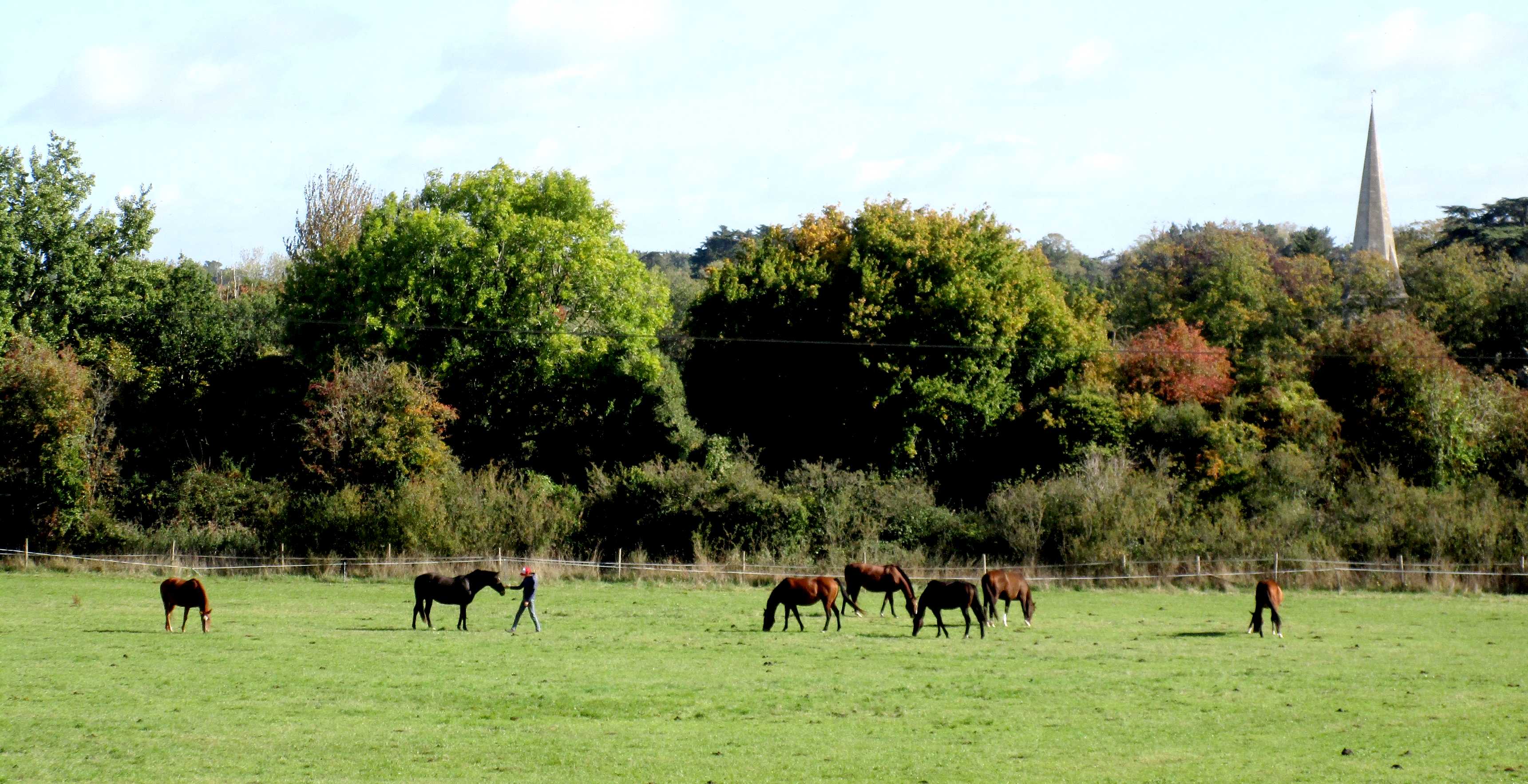
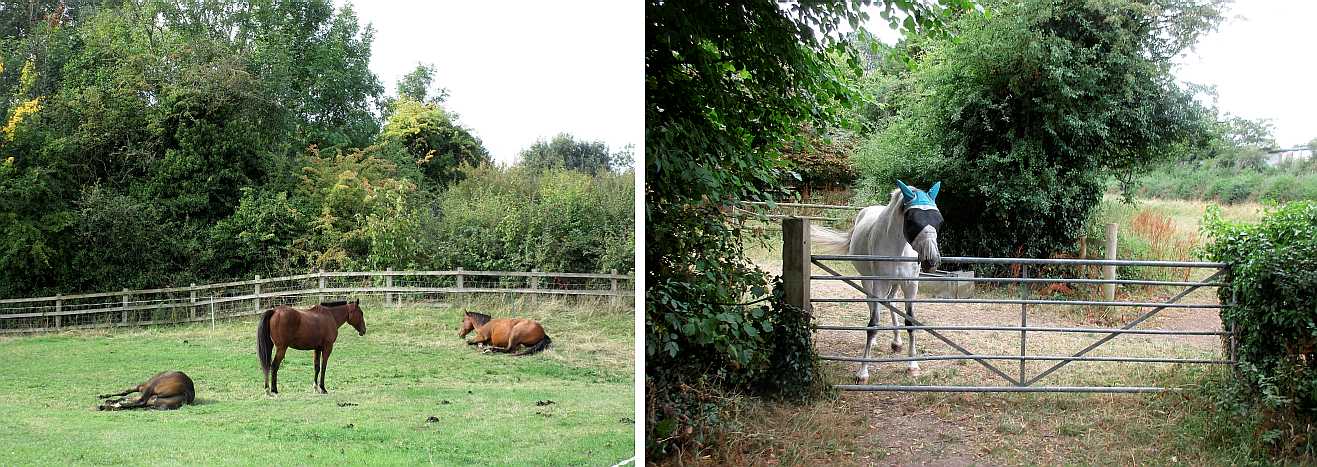
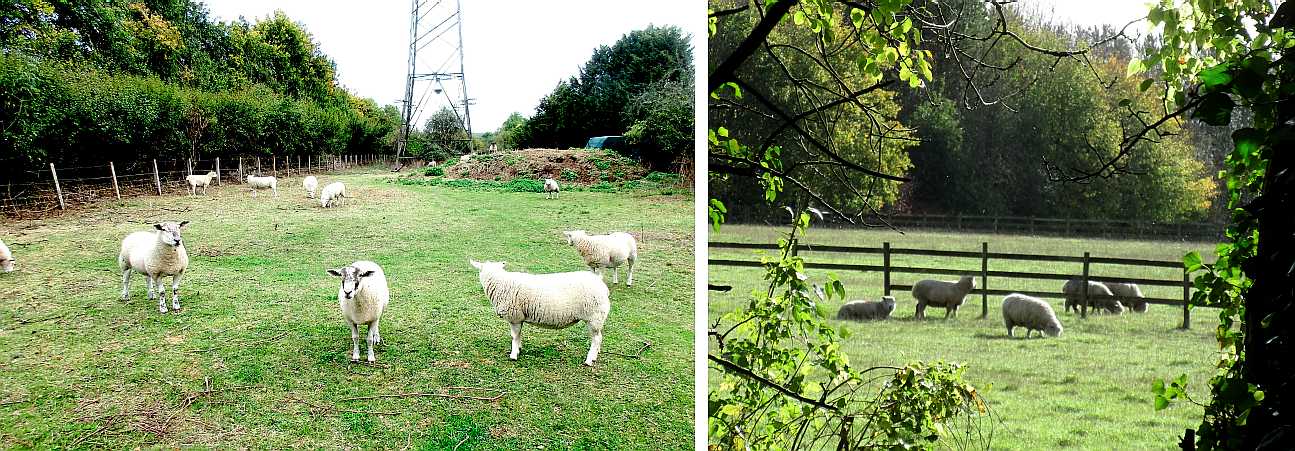
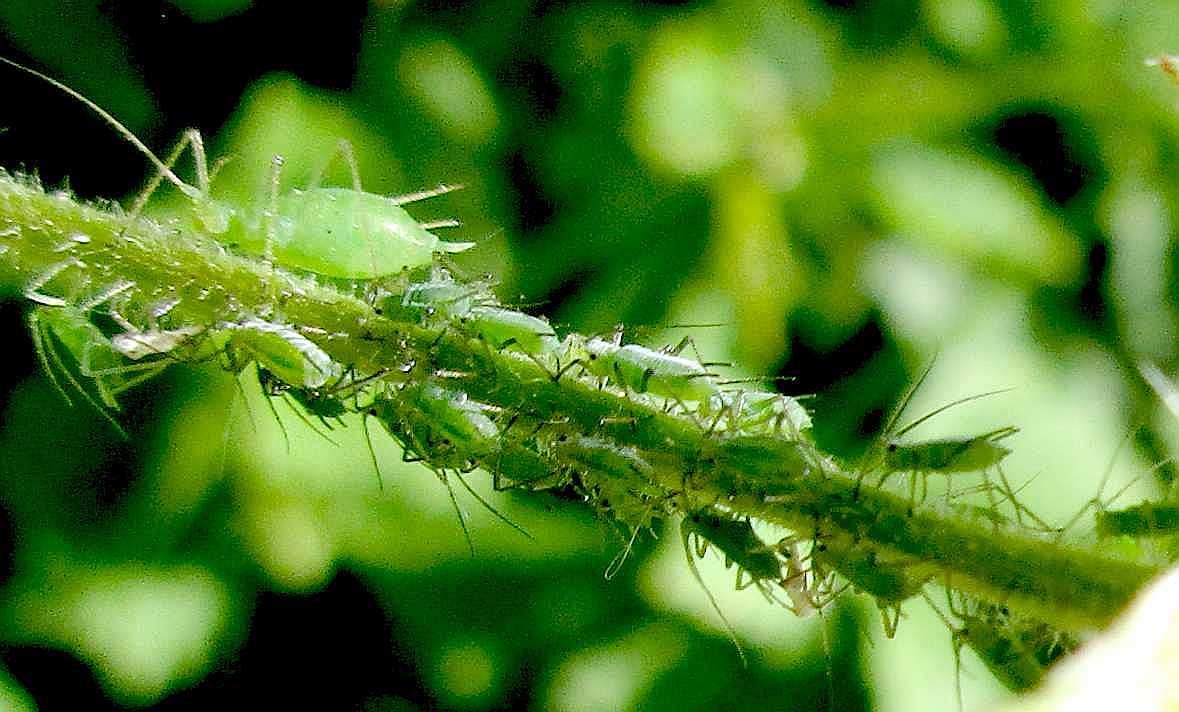 GREENFLY
GREENFLY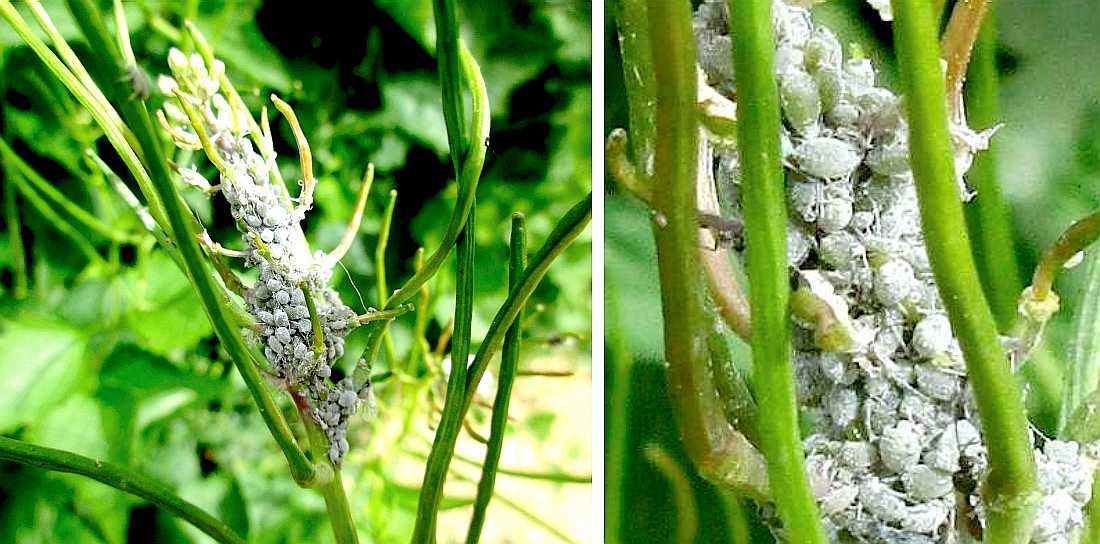 BLACKFLY
BLACKFLY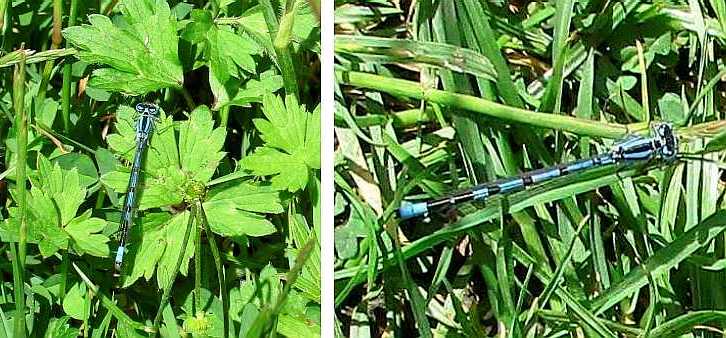 COMMON BLUE DAMSELFLY
COMMON BLUE DAMSELFLY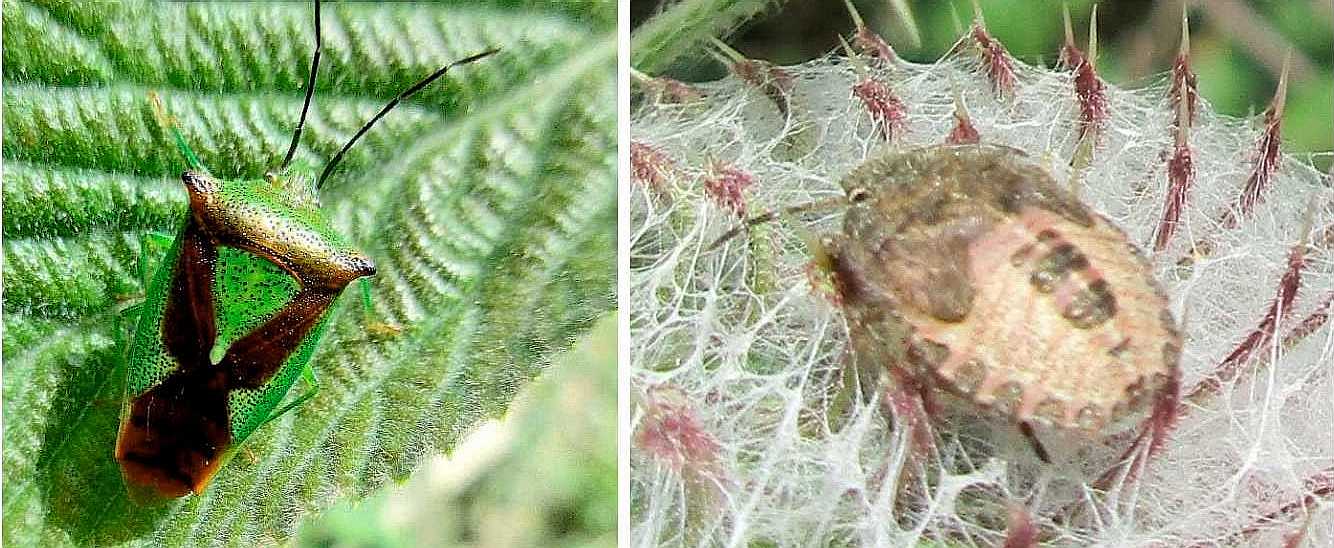 The green bug - you need to look vary carefully to see what's bug and what's leaf - is a HAWTHORN SHIELDBUG, Acanthosoma haemorrhoidale.
The green bug - you need to look vary carefully to see what's bug and what's leaf - is a HAWTHORN SHIELDBUG, Acanthosoma haemorrhoidale.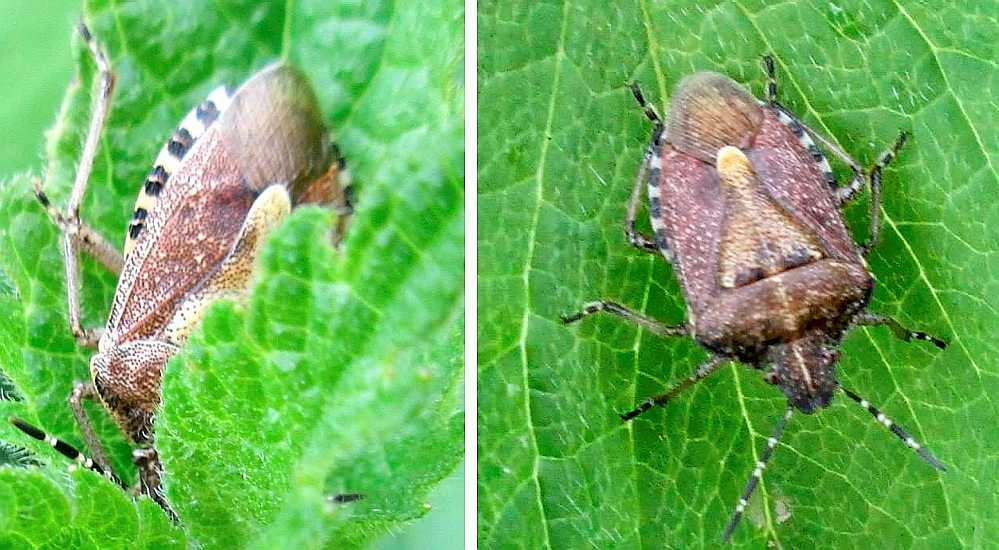 Those had been seen as individuals. But near the end of August a clump of white deadnettles had a small population of fully mature sloe shieldbugs, some hiding within foliage but others fully visible with their adult colour pattern.
Those had been seen as individuals. But near the end of August a clump of white deadnettles had a small population of fully mature sloe shieldbugs, some hiding within foliage but others fully visible with their adult colour pattern.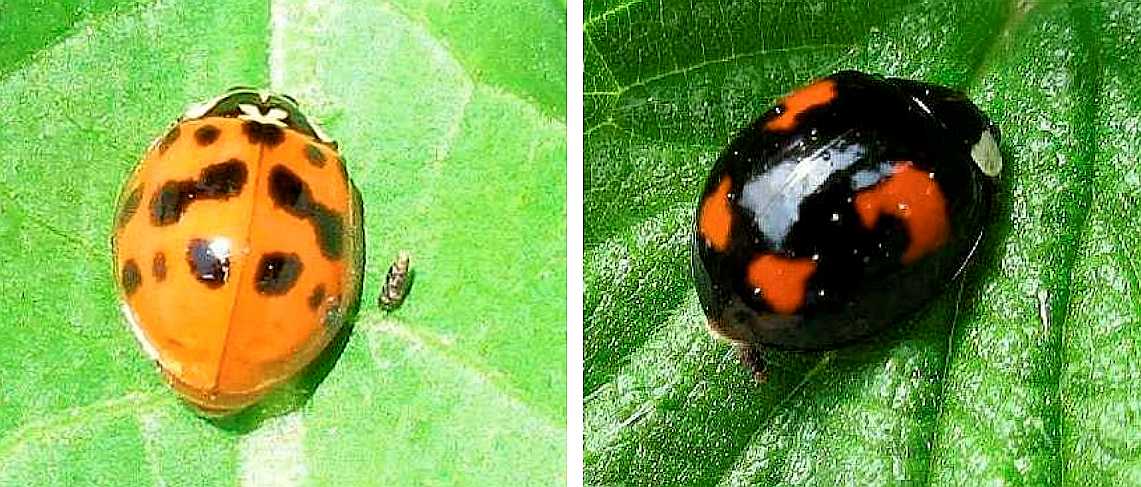 LADYBIRDS
LADYBIRDS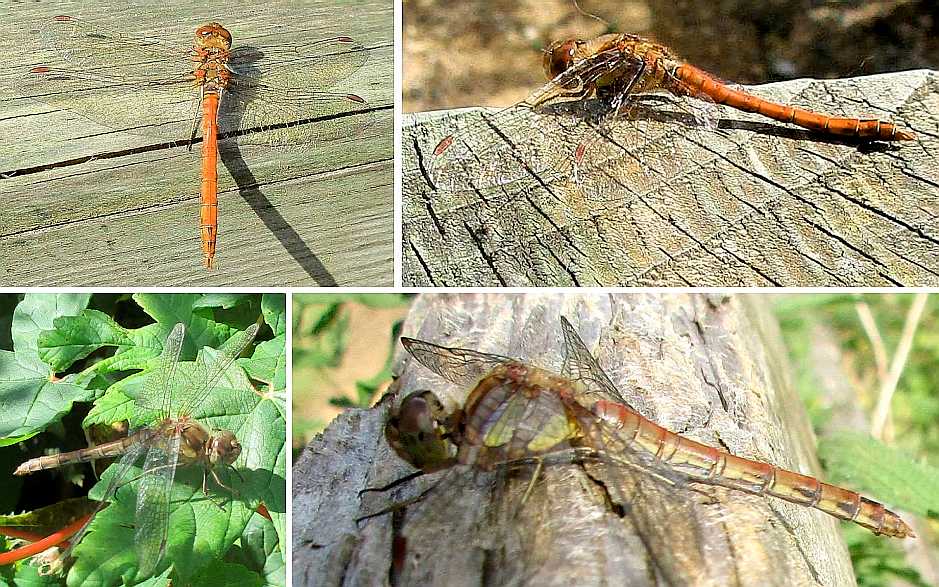 COMMON DARTER
COMMON DARTER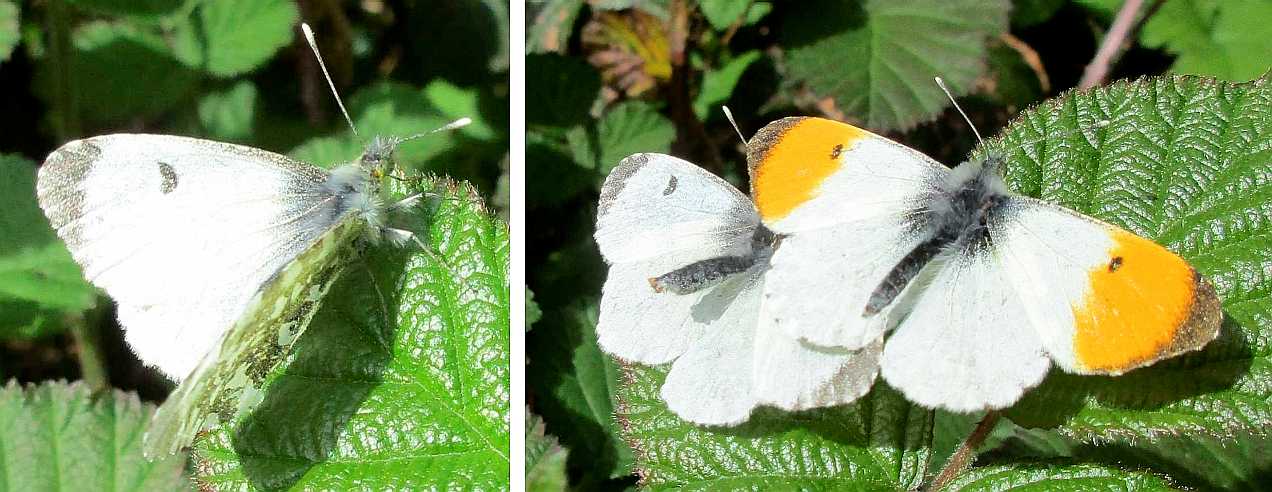 ORANGE-TIP BUTTERFLY
ORANGE-TIP BUTTERFLY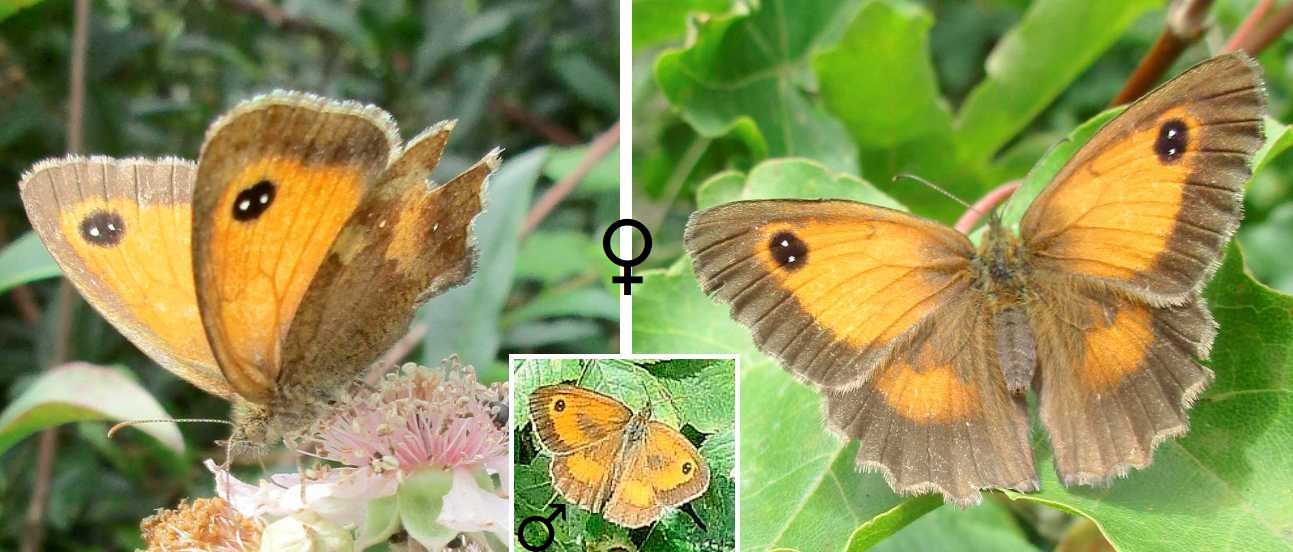 GATEKEEPER BUTTERFLY
GATEKEEPER BUTTERFLY RED ADMIRAL BUTTERFLY
RED ADMIRAL BUTTERFLY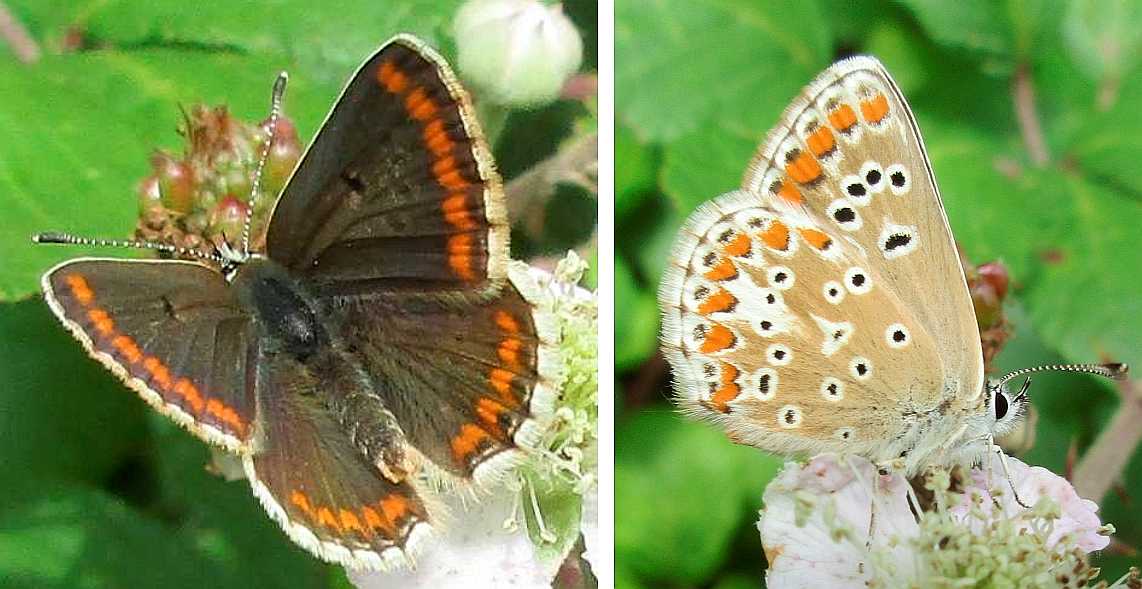 BROWN ARGUS BUTTERFLY
BROWN ARGUS BUTTERFLY BRIMSTONE BUTTERFLY
BRIMSTONE BUTTERFLY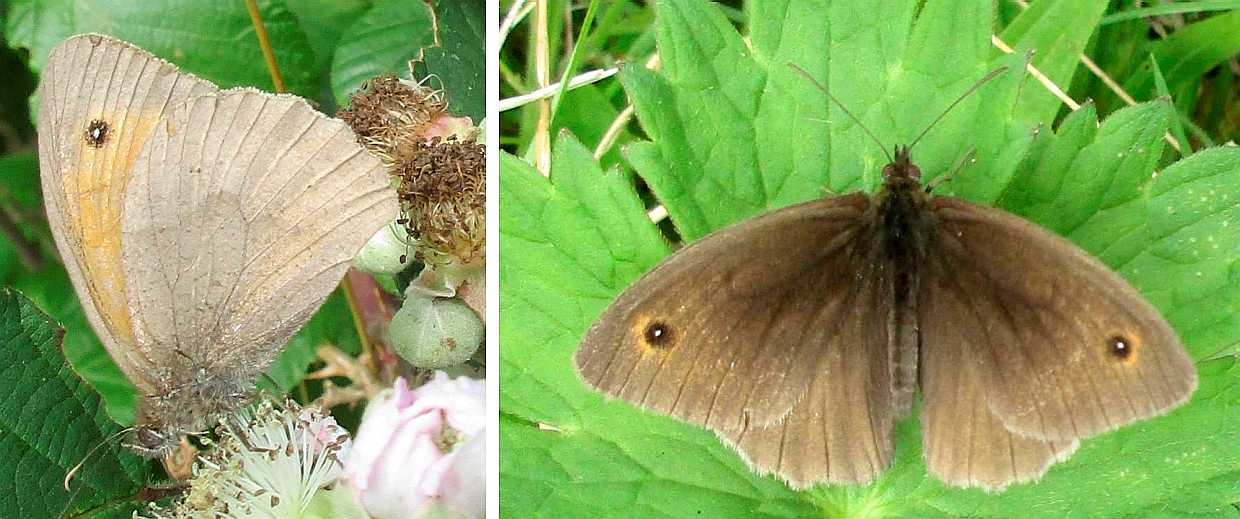 MEADOW BROWN BUTTERFLY
MEADOW BROWN BUTTERFLY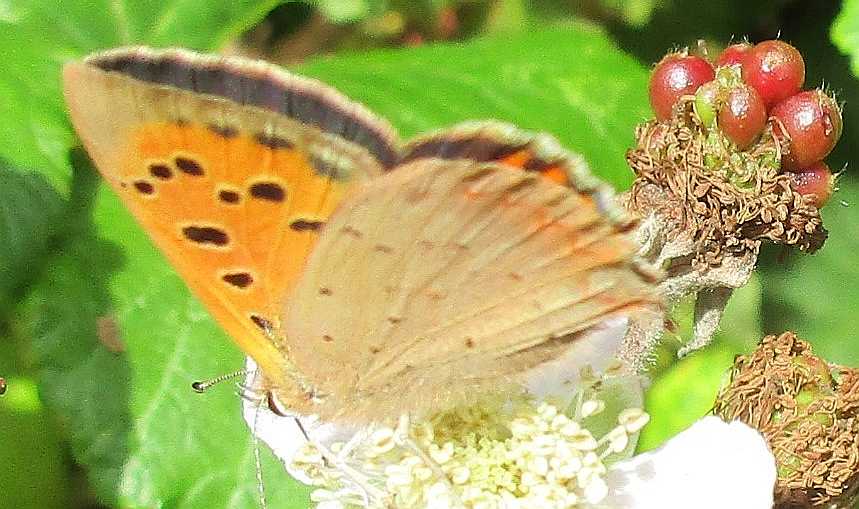 SMALL COPPER BUTTERFLY
SMALL COPPER BUTTERFLY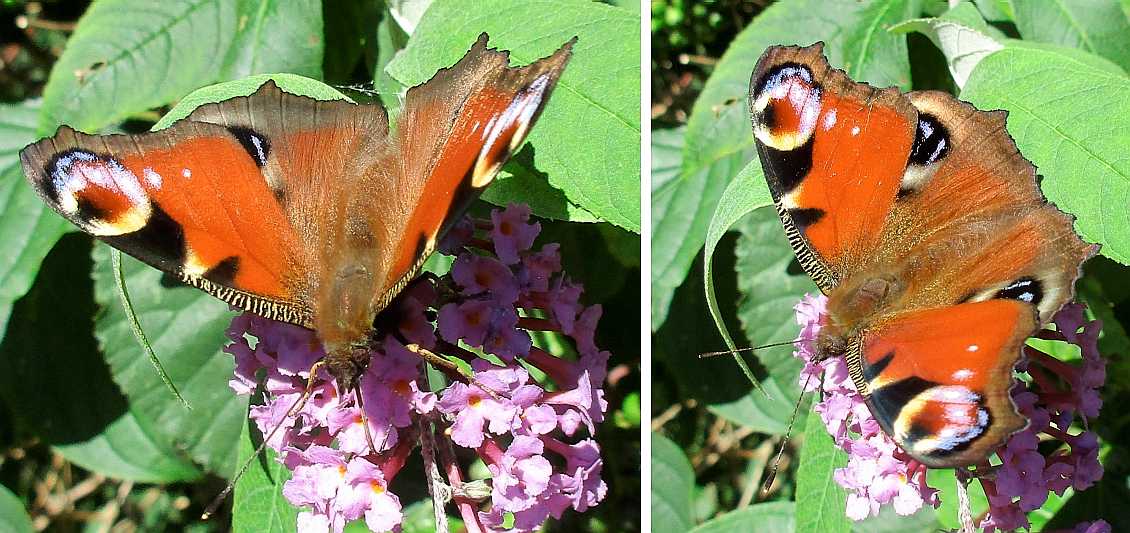 PEACOCK BUTTERFLY
PEACOCK BUTTERFLY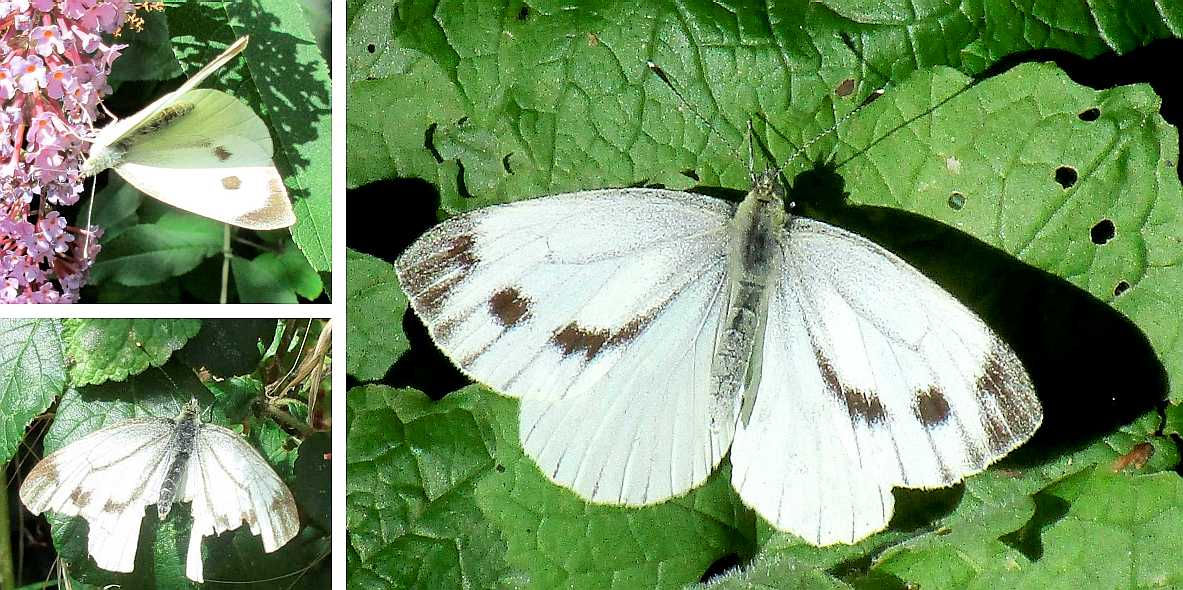 LARGE WHITE BUTTERFLY
LARGE WHITE BUTTERFLY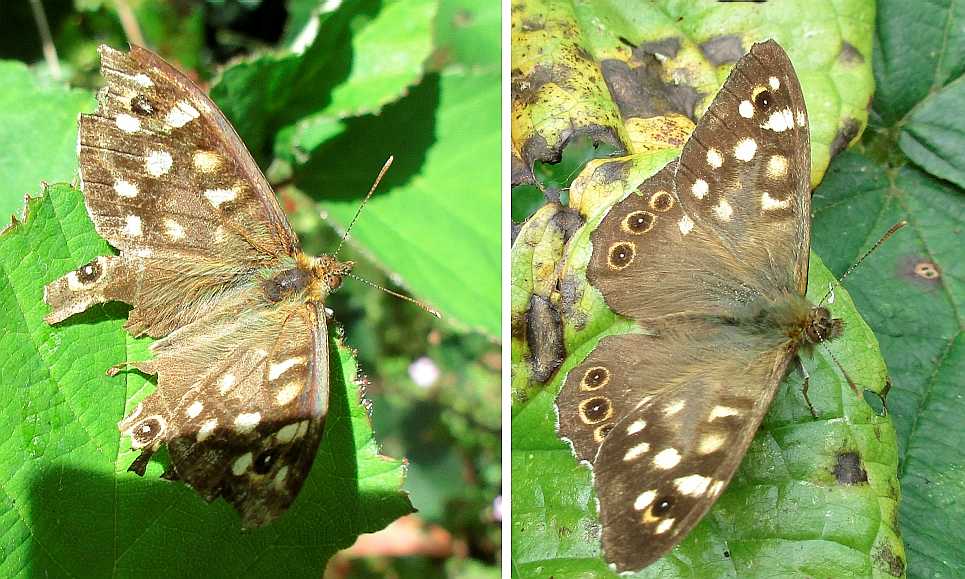 SPECKLED WOOD BUTTERFLY
SPECKLED WOOD BUTTERFLY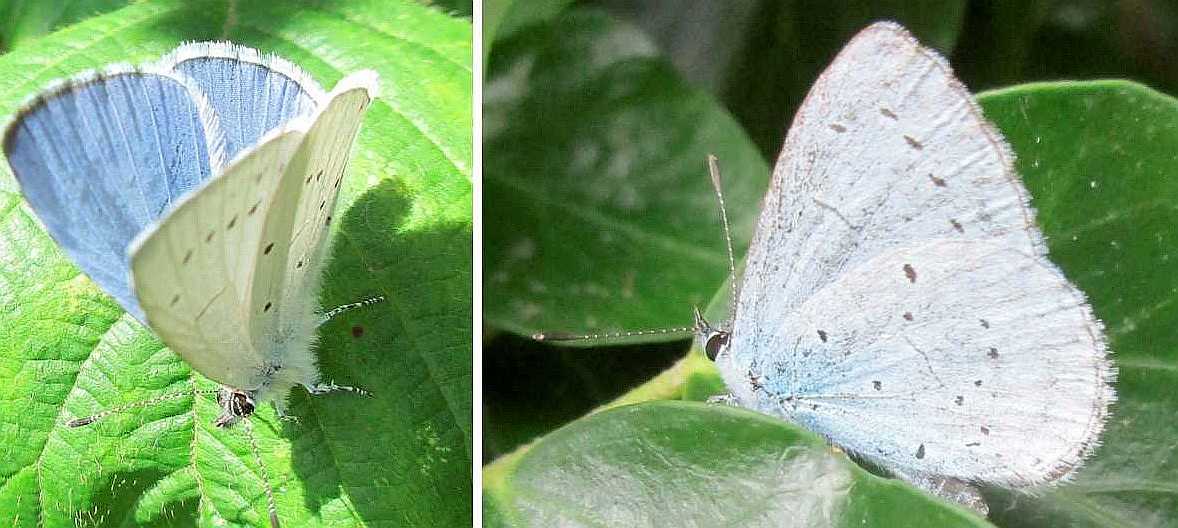 COMMON BLUE BUTTERFLY
COMMON BLUE BUTTERFLY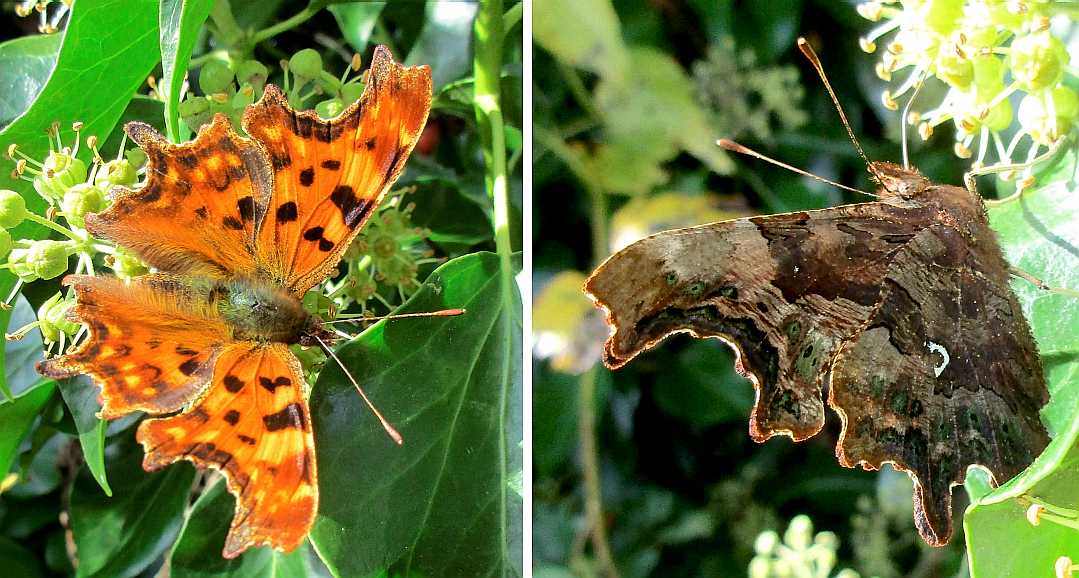 COMMA BUTTERFLY
COMMA BUTTERFLY GREY SQUIRREL
GREY SQUIRREL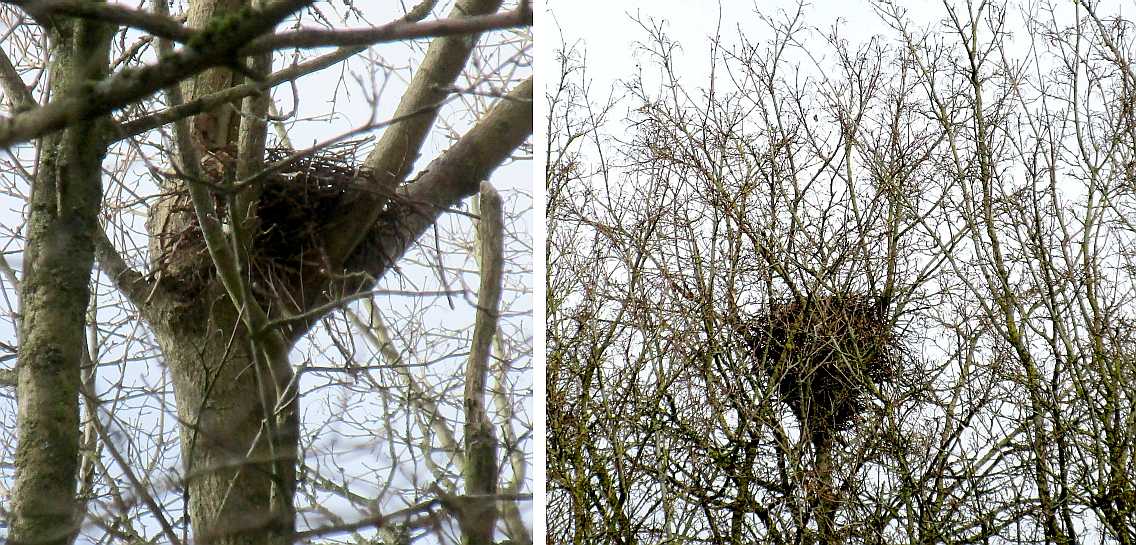
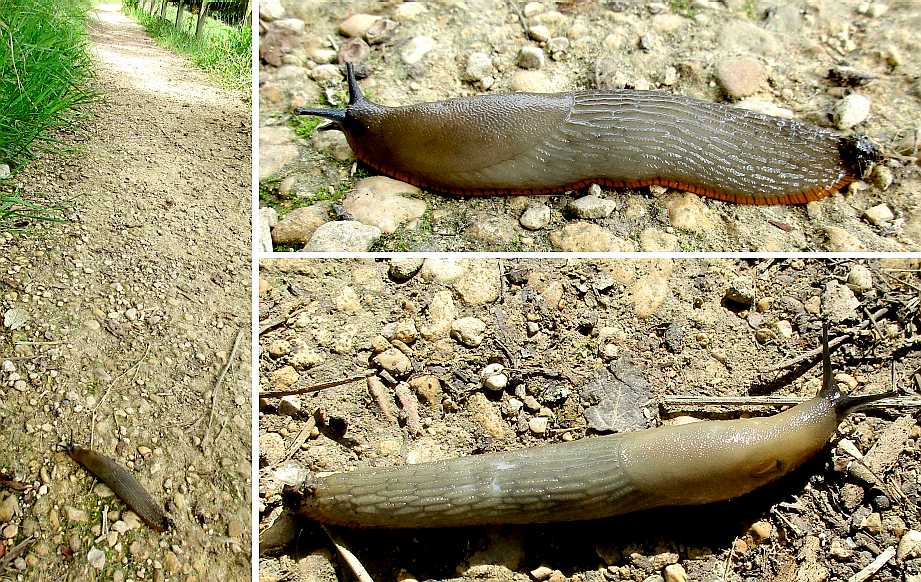 LARGE BLACK SLUG
LARGE BLACK SLUG